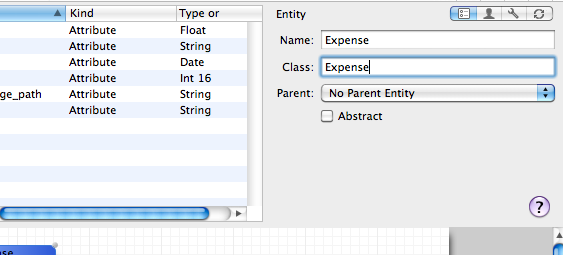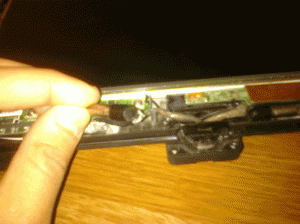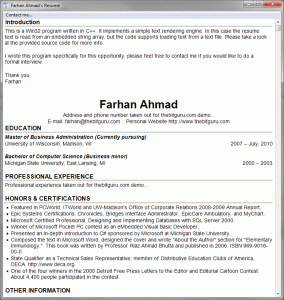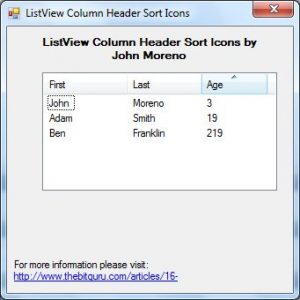I am very picky about my development environment and I need it to be just right, otherwise the fun part of programming disappears. I have a dedicated Linux server in my office that is sharing and serving the development files. This is a solid server, fast enough that django’s development server refreshes as soon as I save the files, even before I have switched to my browser; and that’s how I like it! 🙂 Lately I have been on the road quite a bit so I have had to run the development environment on my tablet (when in Windows 7; runs excellent in Linux). The tablet has OK specs: 1.4GHz Core Duo with 2GB RAM and a 7200 RPM drive (generally the bottleneck). But for some reason django’s development server seems especially slow at serving the files. The refreshes after changes are OK, not fast, but OK. It is the media that it is very slow at serving (understandably so).
I did a lot of research on my options to speed this up. I am using the standard CPython distribution on Windows. I saw a lot of references to unladden-swallow, but there weren’t a lot of benchmarks to prove the speed gain yet. I realize that this is still under very heavy development, but the one benchmark that I found really excited me so I decided to give it a try. Unfortunately, after hunting for a number of source code packages necessary for compilation and still not succeeding I concluded that it wasn’t worth the time yet 😐 I decided to rule out pypy because of the possibility of compatibility issues, I wanted something that I could plug into the existing system. For some of my projects I am using external libraries, which might not work with pypy.
Anyways, my solution ended up involving Apache. Based on the console output of django’s dev server I had an idea that it was slow at serving multiple files. So I decided to serve the media, which generally is the majority of the files in a given view, using Apache and let django’s server deal only with the views. Microsoft’s IIS is also an option, but I had Apache setup for another project so I decided to use that. Below is a part of my dev_settings.py that makes this change.
1
2
3
4
5
6
7
8
9
|
import socket
# ...
# System specific dev settings.
if socket.gethostname() == "mystic":
MEDIA_URL = 'https://thebitguru.com/projectname_media/'
SERVE_STATIC_FILES = False
else:
SERVE_STATIC_FILES = True
|
With this new combination and using 127.0.0.1 instead of localhost now my dev environment on Windows is fast enough to keep things interesting.





